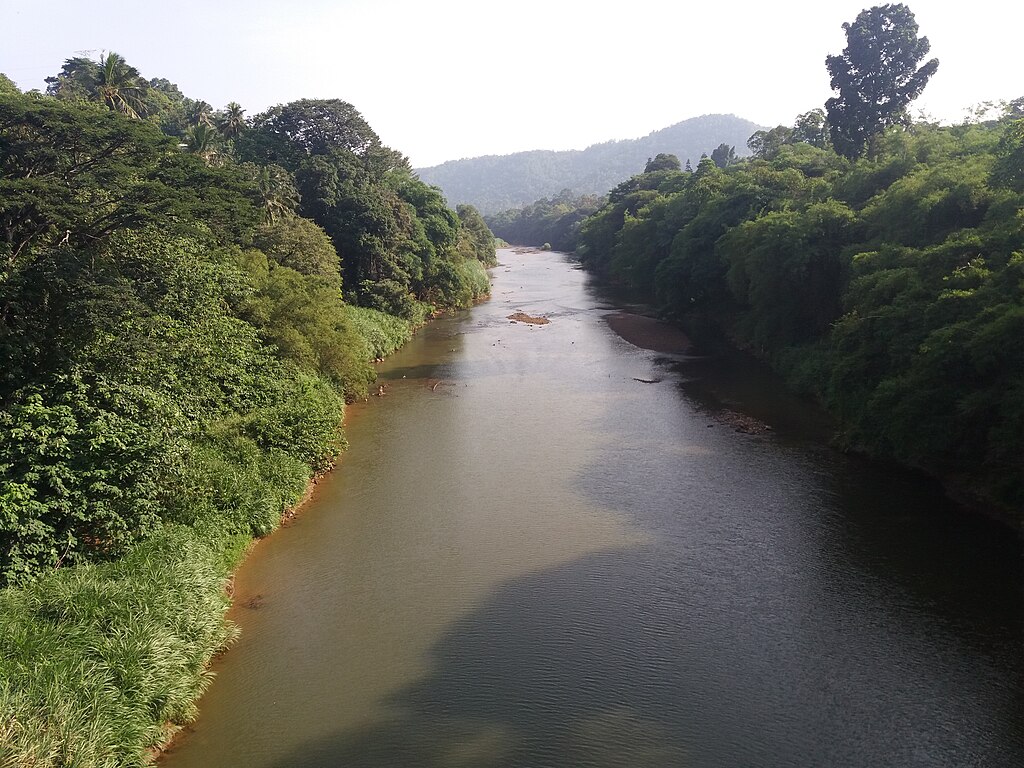Mahaweli River

Flowing gracefully through the heart of Sri Lanka, the Mahaweli River is not only the longest river in the island nation but also a vital cultural lifeline for its people. Spanning 335 kilometers from its source in the Kotmale Oya River to its convergence with the Indian Ocean, the Mahaweli River has played a pivotal role in shaping the cultural heritage and identity of Sri Lanka. In this comprehensive exploration, we delve into the multifaceted significance of the Mahaweli, unraveling its cultural importance through the annals of time.
Cultural Heritage:
Ancestral Connections and Traditions: For generations, the Mahaweli River has been intertwined with the lives and traditions of the Sri Lankan people, serving as a source of inspiration, sustenance, and spirituality. From the ancient civilizations that flourished along its banks to the present-day communities that rely on its waters for their livelihoods, the river holds a sacred place in the collective consciousness of the nation.
The cultural heritage of the Mahaweli is evident in the myriad rituals, festivals, and ceremonies that are celebrated by the communities residing along its course. From traditional fishing practices to agricultural rituals that mark the beginning and end of the planting seasons, the river’s influence permeates every aspect of daily life, preserving age-old customs and fostering a sense of belonging among its people.
Spiritual Significance:
Revered Shrines and Sacred Sites: In addition to its cultural heritage, the Mahaweli River holds immense spiritual significance for the people of Sri Lanka, who regard it as a sacred entity imbued with divine blessings and protective powers. Throughout history, numerous shrines, temples, and sacred sites have been established along the river’s banks, serving as centers of worship and pilgrimage for devotees seeking spiritual solace and blessings.
One such revered site is the Mahiyangana Raja Maha Viharaya, situated near the source of the Mahaweli River in the central highlands of Sri Lanka. Believed to be one of the sixteen holiest Buddhist shrines in the country, the Mahiyangana temple attracts pilgrims from far and wide, who come to pay homage to the sacred relics enshrined within its premises and seek blessings for prosperity and well-being.
Economic Importance:
Sustaining Livelihoods and Prosperity: Beyond its cultural and spiritual significance, the Mahaweli River plays a crucial role in sustaining the economic livelihoods and prosperity of the communities that depend on its waters for agriculture, fishing, and tourism. The fertile plains and riverine ecosystems supported by the Mahaweli provide a bountiful source of food, water, and livelihood opportunities for millions of Sri Lankans.
The river’s waters are harnessed for irrigation purposes through a network of reservoirs, canals, and dams, which facilitate agricultural cultivation and enhance crop yields in the Mahaweli River basin. Additionally, the river supports thriving fishing communities along its course, who rely on its abundant fish stocks for sustenance and income generation.
Environmental Conservation:
Preserving Natural Heritage and Biodiversity: In recent years, there has been a growing recognition of the need to preserve and protect the natural heritage and biodiversity of the Mahaweli River basin, given its ecological significance and vulnerability to environmental degradation. Conservation efforts aimed at safeguarding the river’s pristine ecosystems, endangered species, and critical habitats have gained momentum, with various stakeholders working collaboratively to ensure the long-term sustainability of the river and its surrounding landscapes.
Conclusion:
In conclusion, the Mahaweli River stands as a testament to the rich cultural heritage, spiritual significance, and economic importance of Sri Lanka. As the longest river in the country, it has nurtured civilizations, inspired traditions, and sustained livelihoods for centuries, shaping the identity and resilience of the Sri Lankan people. As we navigate the complexities of the present and chart a course for the future, let us recognize and honor the cultural importance of the Mahaweli, ensuring that its legacy continues to thrive for generations to come.
Know More about the Mahaweli River.
What are The Religious Places of the Mahaweli River?
When Did The Mahaweli River Basin Become a Focus?
Where is The Mahaweli River Located?
Who Were The Key Historical Figures and Civilizations of The Mahaweli River?
How to Reach Mahaweli River?




